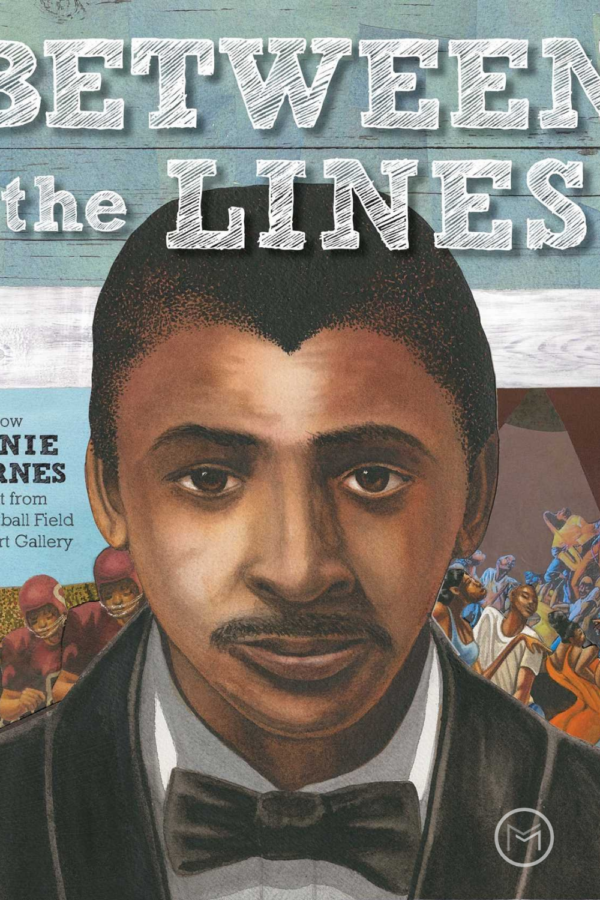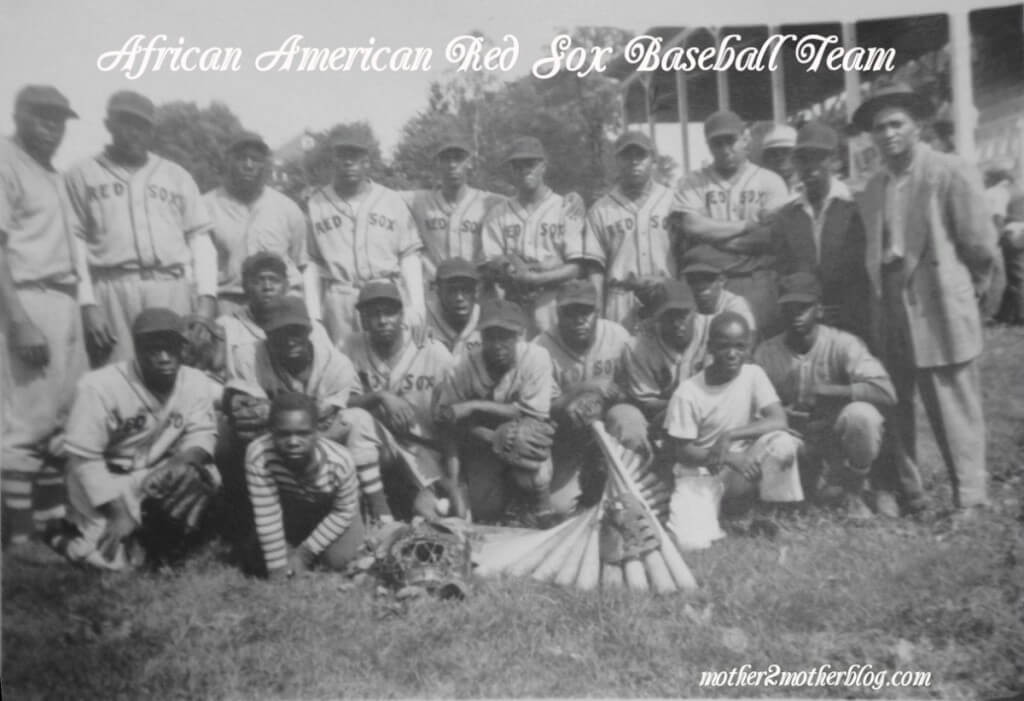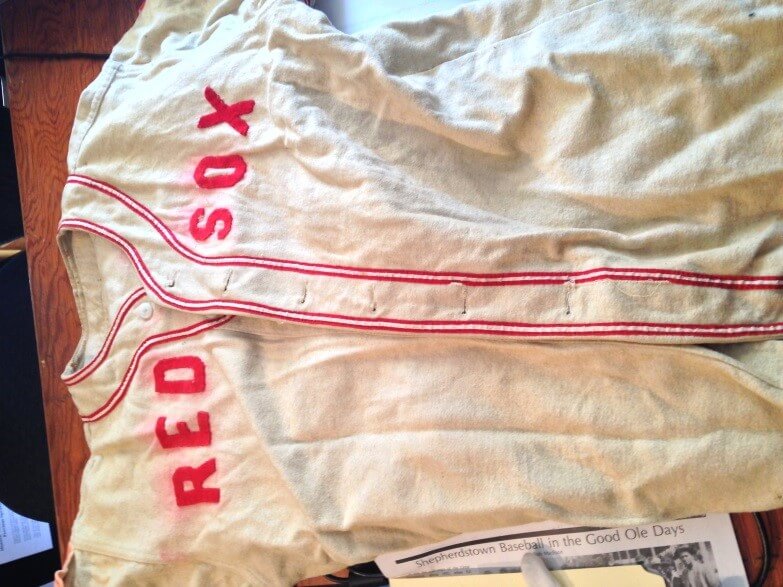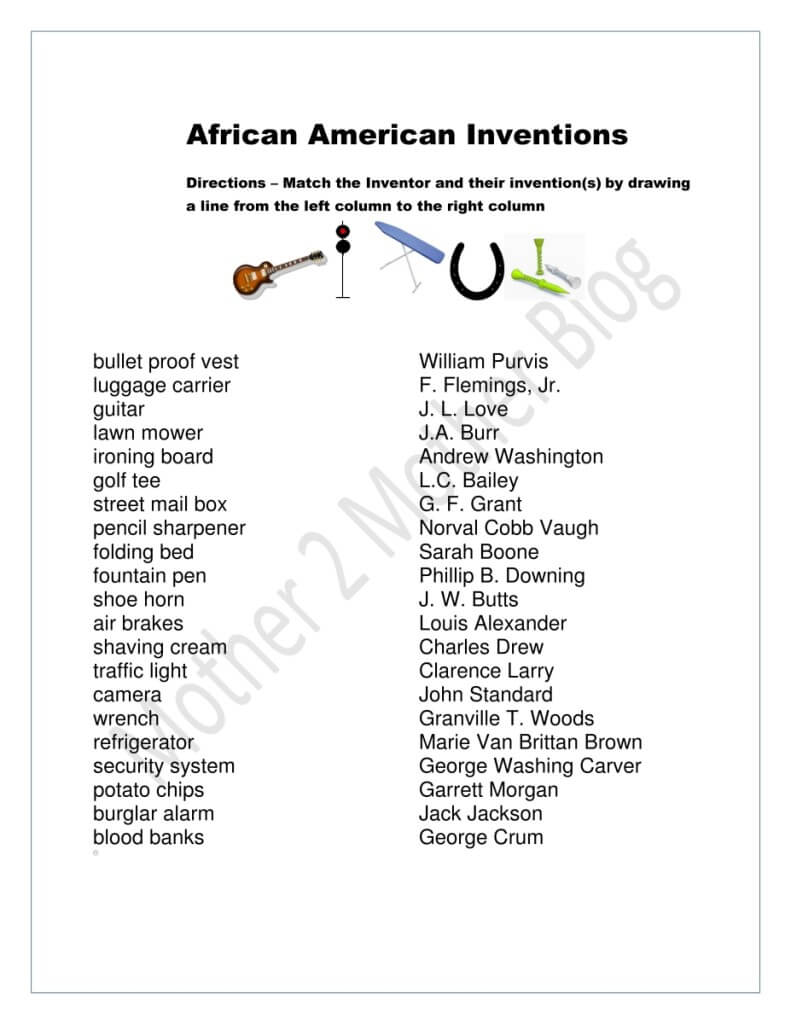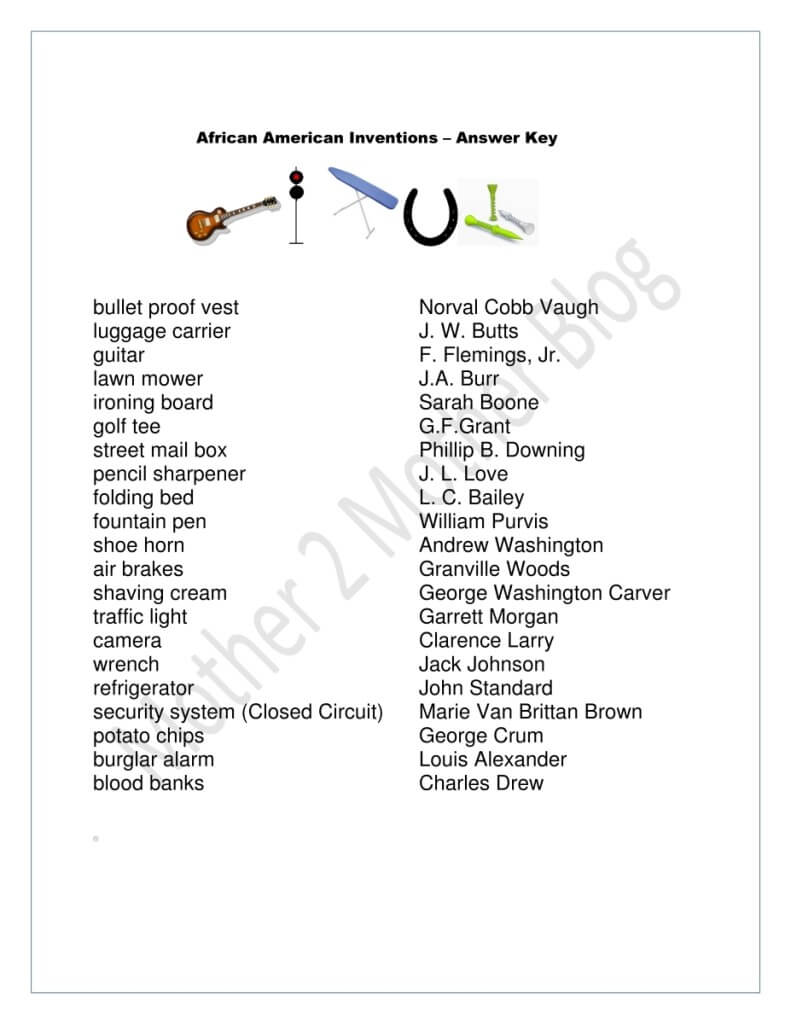Today, I’m sharing parenting tips on black history books for kids. Unfortunately, many of our schools limit black history to Martin Luther King, George Washington Carver and Frederick Douglass. However, there are so many more African Americans who have contributed to our great country. But, we know little or nothing of them.
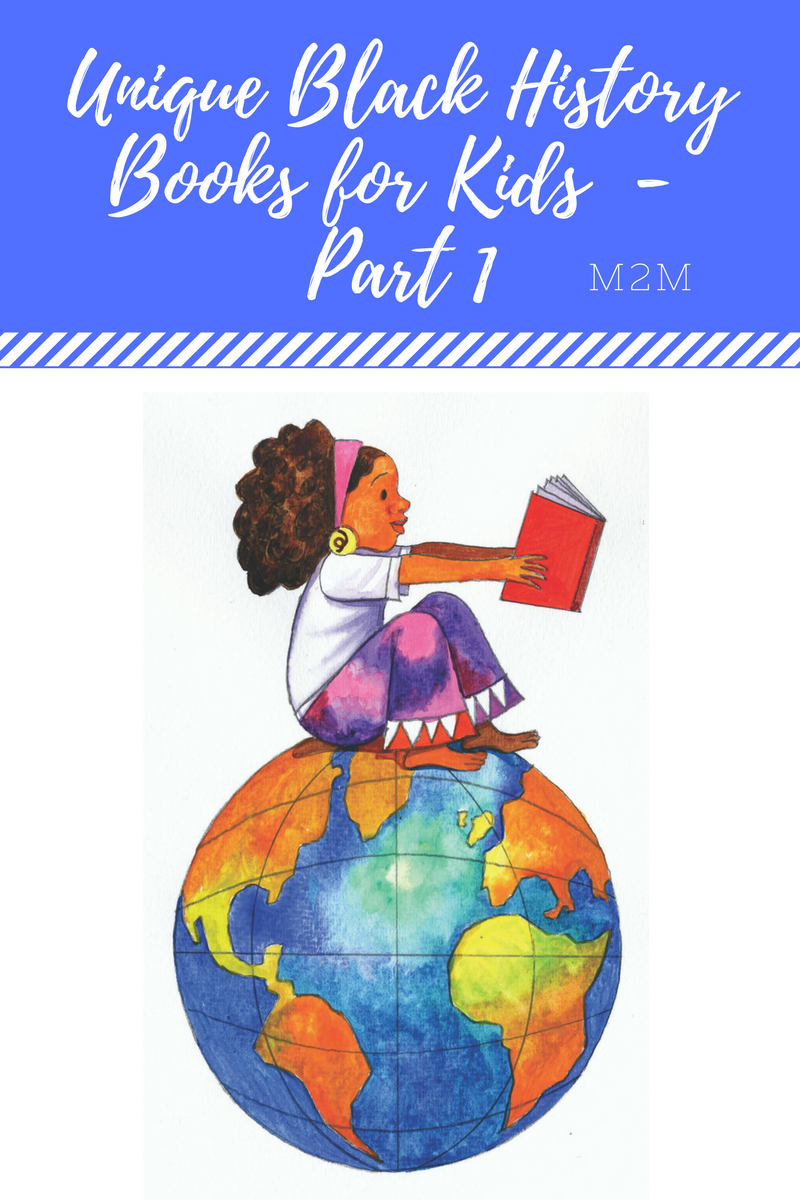
This post focuses on little known contributors who have had a big impact on our country and around the world. Pick out a few books and add them to your homeschool curriculum or reading list for your child. Because Black History isn’t really taught in our schools, however, that doesn’t mean that our children can’t learn about contributions at home.
Black History Books for Kids:
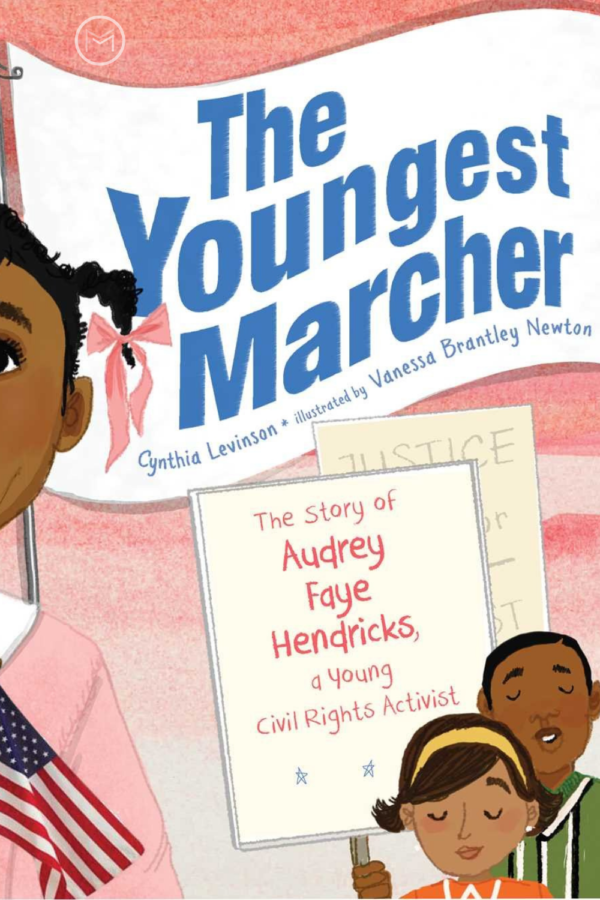
The Youngest Marcher – Additionally, black history books for kids should include the story of 9 year-old Audrey Faye Hendricks. Audrey was the youngest known child to be arrested for a civil rights protest in Birmingham, Alabama, 1963. The book explains how Audrey Hendricks stood up to segregation, and how she marched with thousands of fellow students. It demonstrates that you’re never to young to speak up. Appropriate for ages 5 – 10.
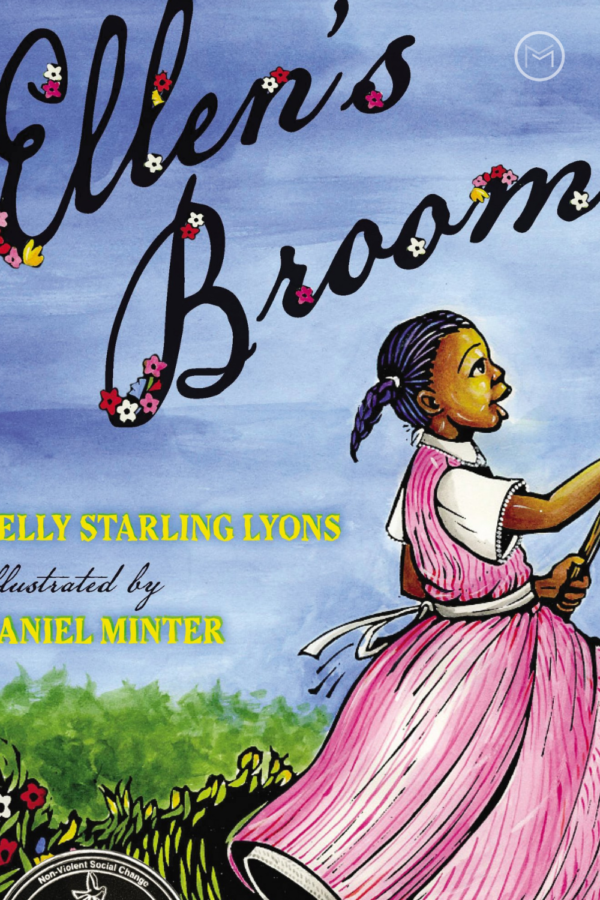
Ellen’s Broom – This book tells the history of Jumping the Broom. Slaves were not allowed to marry until slavery was abolished. As a result, couples jumped over a broom together into marriage. After slaves became free, they were able to go to the court house and register the marriage that took place in their heart.
Ella is the star in the book. She heads to the court house with her parents, and brings the broom that had hung over the fireplace that symbolized their marriage. They were free, and could legally register as husband and wife. Ella wanted to hang on to the tradition, so her parents jumps the broom again. Appropriate for ages 5 – 8.
Between the Lines – Ernie Barnes was a child in the segregated South. Ernie loved art; however, football was his ticket to college. Ernie was 6-foot-3-inch frame in high school, so a college football coach took steps to recruit him. Ernie visited museums for the first time when he was in college. But, he noticed that none of the museums represented black artists.
Although Ernie was successful playing professional football, his true love remained art. So, after his football career came to an end he approached the American Football League/National Football League about becoming their official artist. Ernie went on to become a renowned artist. The television show Good Times showed many of Ernie Barnes paintings as J.J.’s. Additionally, his paintings were shown on Columbo, The Hughley’s, The Wayans Bros., Wife Swap, and Soul Food. They were also used in the movies Drumline and Boyz N The Hood. Appropriate for ages 8 and up.
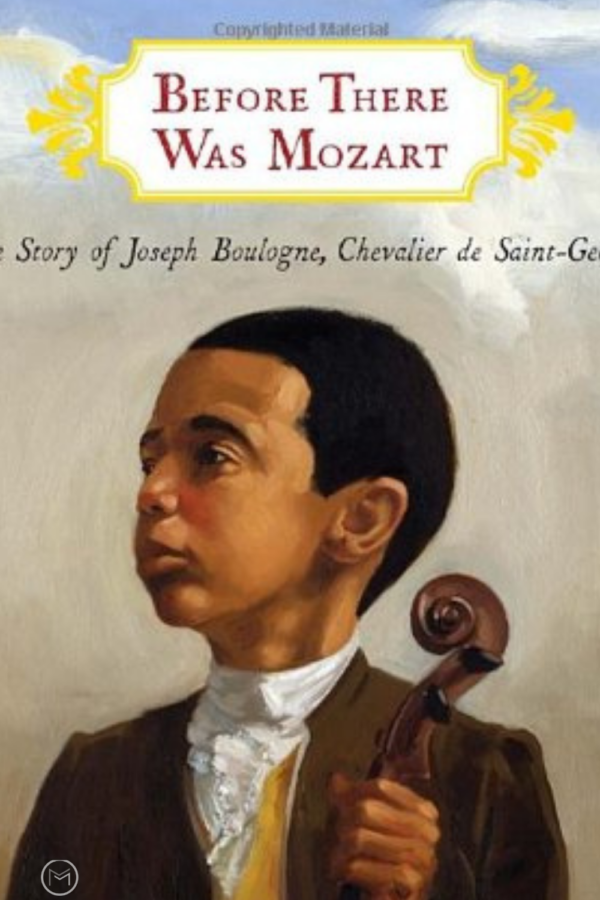
We’ve all heard of Mozart, right? Than Before There Was Mozart is a must read. This inspiring story tells how Joseph Boulogne—a black man, the only child of a black slave and her white master, becomes “the most accomplished man in Europe.” He was a master of the violin and went on to write his own operas. He played first violin with a Paris orchestra and eventually became the conductor. By 30, he rose to star level , and was the first musician of color to play for royalty and a renowned composer. Appropriate for ages 6 – 8.
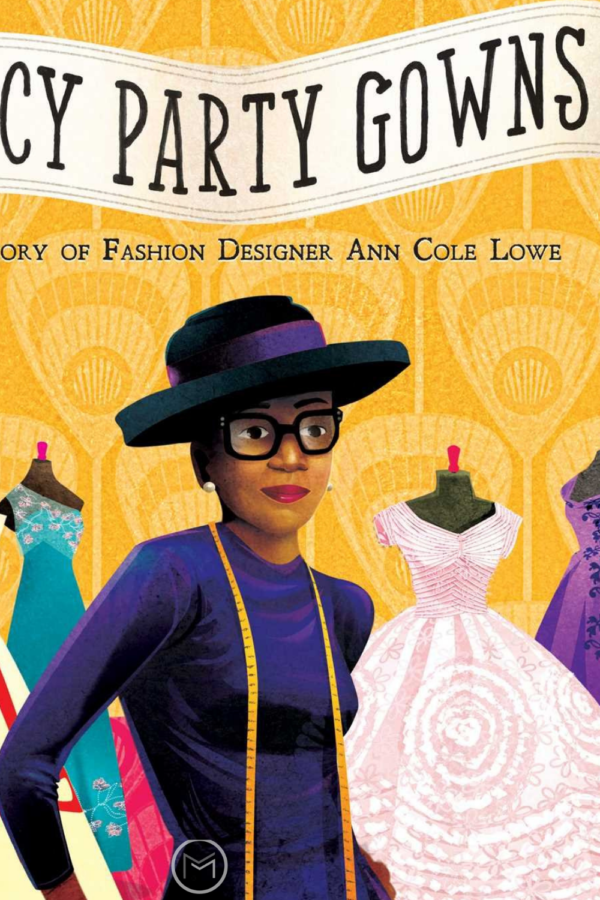
Fancy Party Gowns – Finally, another book that should be added to black history books for kids is the picture book about designer Ann Cole Lowe. Ann Cole Lowe was a little-known African-American fashion designer. Although she encountered personal and social problems pursuing her passion, she went on to make beautiful gowns and became one of society’s top designers. Eventually she designed for the elite. She created the dress worn by Academy Award winner Olivia de Havilland in 1947 and Jacqueline Bouvier’s wedding to John F. Kennedy in 1953. Appropriate for ages 4 – 8.
We hope that you will expose your child to a few of these facts and add a few black history books for kids to their reading list or homeschool curriculum. You may also like: African American Inventions Word Search.
